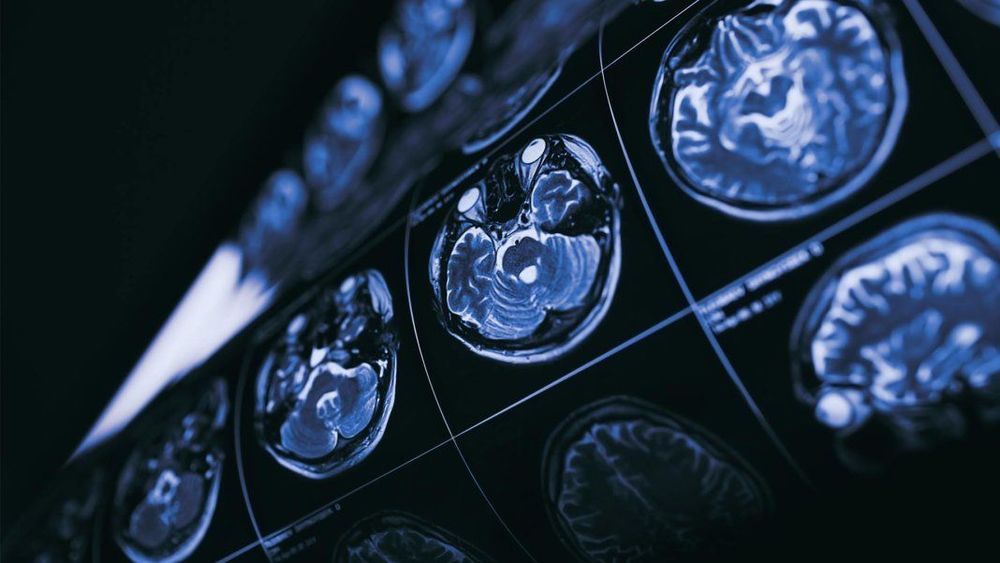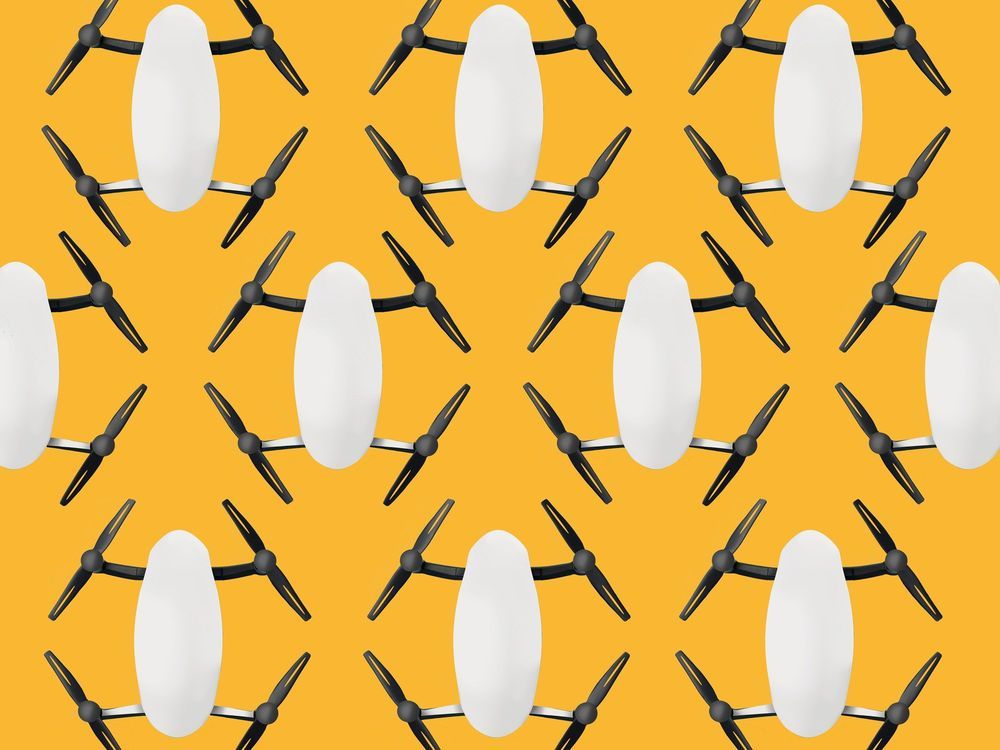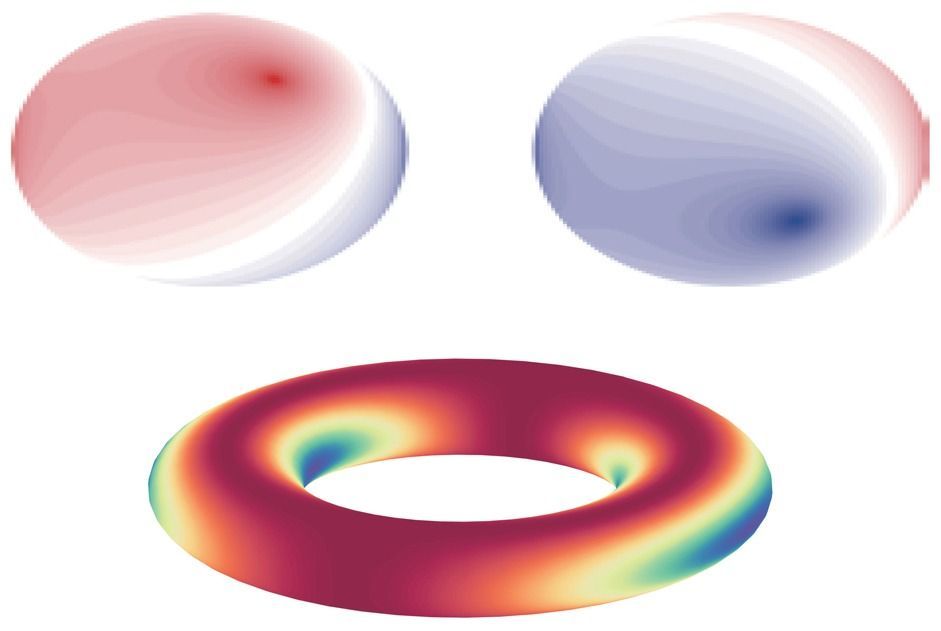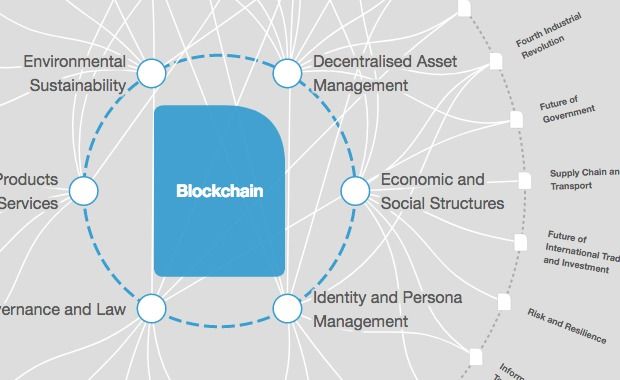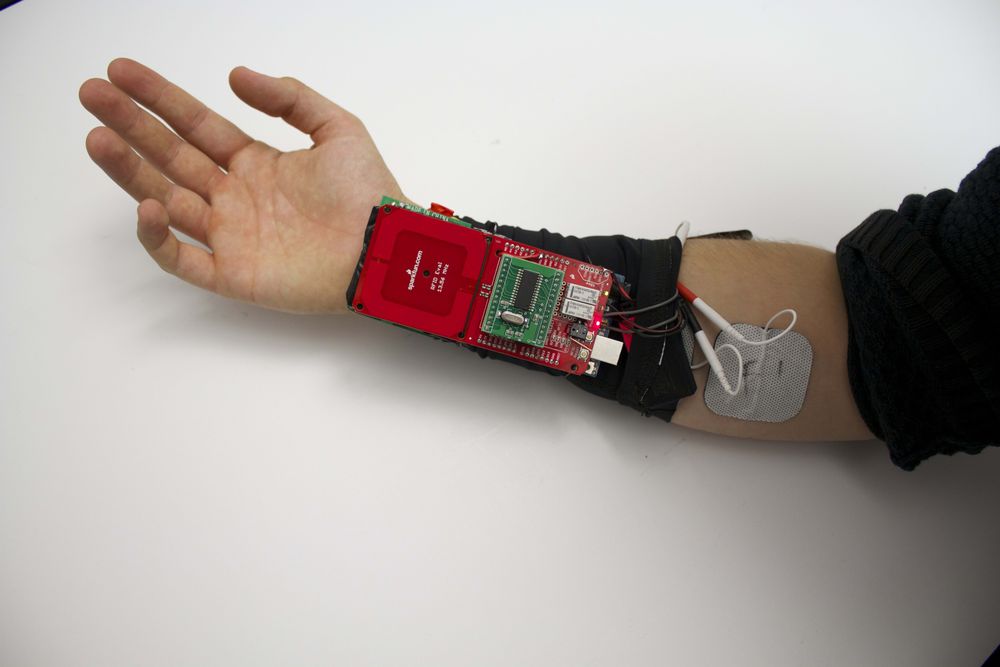Geneva. Arts at CERN announces two open calls for art residencies – Collide Geneva/Dance and Accelerate Finland – and the arrival of the winners of Collide International, Rosa Menkman, and Collide Pro Helvetia, Christina Hemauer and Roman Keller. The art residency programmes are based on the particle physics laboratory’s cultural strategy, which aims to foster networks between local and international organisations through platforms that engage art and science.
“Arts at CERN plays an important role in augmenting the interest seen in the interaction of the arts and sciences in recent years. By inviting artists and scientists to have a dialogue in the Laboratory, the programme shows how the two fields impact one another. I am proud to announce new opportunities for participation, and to welcome artists-in-residence this autumn,” says Mónica Bello, head of Arts at CERN.
For the sixth Collide Geneva residency, Arts at CERN, the Republic and Canton of Geneva and the City of Geneva have joined forces. The three-month fully funded residency award will be granted to a Geneva-based artist or artist collective working in the field of dance. The winner will have the opportunity to carry out their research at CERN and work together with particle physicists, engineers and IT professionals. Collide Geneva/Dance encourages applications from dance artists inspired by scientific ideas or technological concepts, with innovative approaches in their artistic expression.

